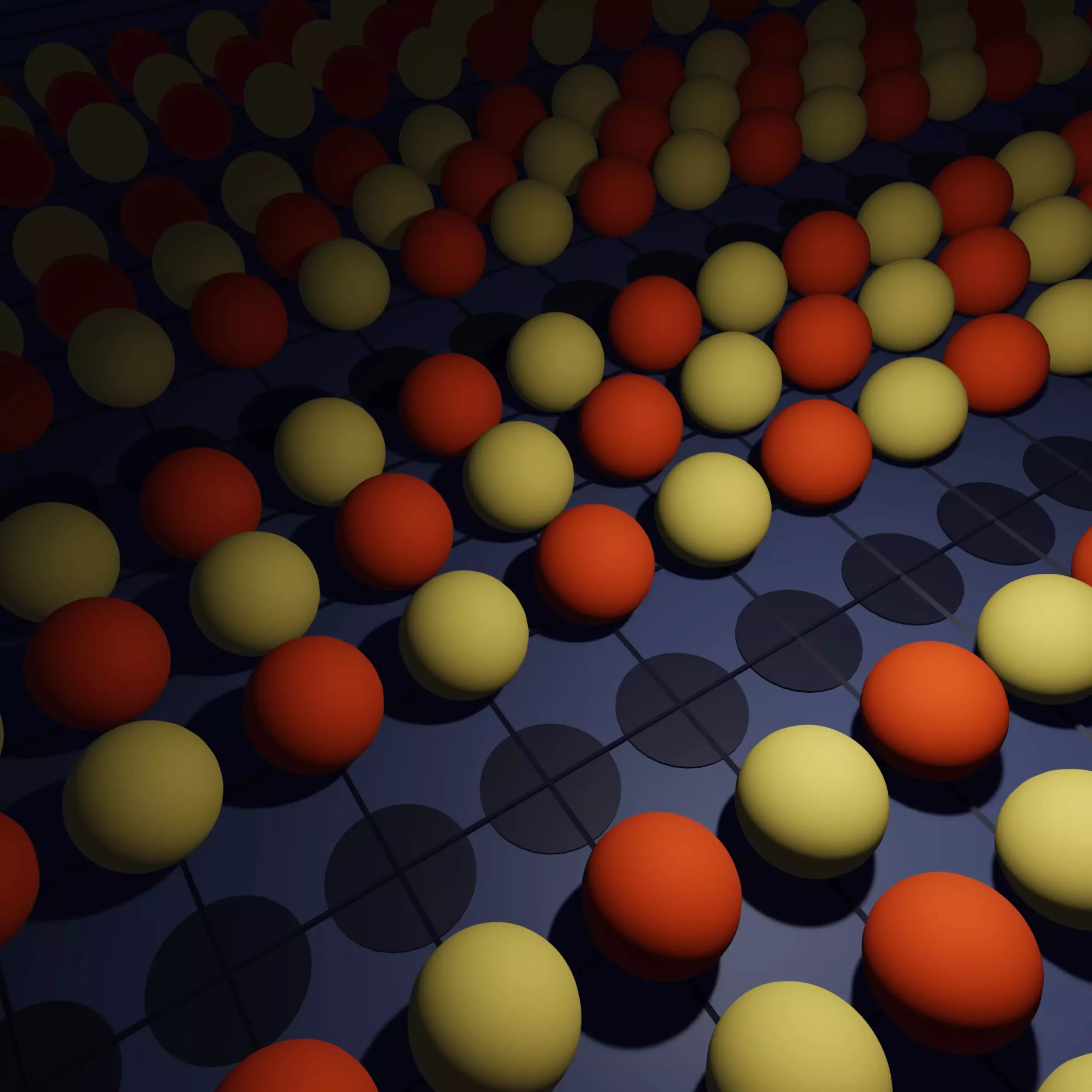In a remarkable stride in quantum physics, researchers have turned their focus to the enigmatic phenomenon known as the “pseudogap.” This intricate state of matter is intricately linked with high-temperature superconductivity—a field that holds the promise of revolutionizing technology by enabling lossless transmission of electricity, enhancing medical imaging through improved MRI machines, and accelerating public transport via magnetic levitation systems. The recent findings, published in the journal Science, present pivotal insights that could eventually contribute to achieving room-temperature superconductivity—the ultimate goal of condensed matter physics.
High-temperature superconductors typically consist of materials rich in copper and oxygen, exhibiting superconductivity at temperatures below minus 140 degrees Celsius. However, as these materials undergo temperature fluctuations, they transition into the pseudogap state, where their properties oscillate between exhibiting behavior akin to normal conductors and more complex semiconductors. For years, scientists grappled with understanding the underlying mechanisms that give rise to the pseudogap, particularly whether this state persists as materials cool towards absolute zero, a temperature that effectively halts all molecular motion.
The collaborative effort led by co-author Antoine Georges, who heads the Flatiron Institute’s Center for Computational Quantum Physics, illustrates how a clearer understanding of the pseudogap could catalyze significant advancements in superconductivity research. “Imagine trying to navigate a terrain shrouded in fog,” Georges explains. “Our work acts as a fog clearer, illuminating more of the landscape and enabling us to discover previously hidden features.”
The difficulty in studying the pseudogap is compounded by the intricate nature of quantum entanglement, where electrons intertwine their states in such a manner that they cannot be treated in isolation. Due to the complexity of interactions involved—especially with a significant number of electrons—exact computational analysis becomes nearly unfeasible. As Georges illustrates, even the most sophisticated supercomputers cannot effectively simulate the complete behavior of these materials. “To design effective simulations,” he says, “we must rely on ingenious algorithms and simplified models.”
One of the key theoretical frameworks applied is the Hubbard model. Here, electrons are visualized as pieces on a chessboard, moving between adjacent spaces with distinct rules governing their interactions. This model, conceptualized in the 1960s, has been integral in facilitating various computational approaches, each tailored for different temperature conditions. However, the region between absolute zero and higher finite temperatures—the territory where the pseudogap thrives—remains computationally arduous to navigate.
Innovative Computational Approaches
To bridge the gap between these two worlds, the research team employed a technique known as diagrammatic Monte Carlo. Originally introduced in 1998 and refined in 2017, this algorithm diverges from conventional quantum Monte Carlo methods by examining all interactions across the entire model simultaneously, rather than analyzing in isolated chunks. Co-author Riccardo Rossi emphasizes this revolutionary approach, stating that, “If executed correctly, we can simulate an infinite number of particles within this framework.”
Equipped with this advanced algorithm, the researchers scrutinized how pseudogap materials behave as the temperature approaches absolute zero. Their findings revealed intriguing dynamics: while materials transition out of the pseudogap and start to exhibit superconducting properties, some develop striped patterns, characterized by rows of electrons displaying a consistent spin status interspersed with vacant spaces. The stability of these states ultimately hinges on the electron density within the material, leading to diverse outcomes based on the number of electrons present.
Additionally, the research concluded that the formation of the pseudogap arises when electron arrangements display non-uniform patterns—a critical finding that enriches the understanding of the Hubbard model. “Our study addresses a vital question within the field and adds clarity to longstanding debates about the pseudogap phenomenon,” Georges notes.
Beyond shedding light on the pseudogap, the implications of these findings resonate across numerous domains in physics. Notably, they contribute to the evolving field of quantum gas simulation, where researchers manipulate ultracold atoms and trap them within laser-created grids reminiscent of the Hubbard model. The team’s revelations on the pseudogap state could prove essential as experimentalists strive to cool these systems to the necessary low thresholds for observing complex electronic behaviors akin to those predicted by theory.
Georges reflects on the significance of this collective endeavor, stating, “As we combine various computational techniques, we are finally beginning to demystify the complexities of these challenging problems.” The drive to fully understand the pseudogap phenomenon not only holds promise for superconductivity research but is also paving the way for groundbreaking applications and innovations in multiple scientific and technological arenas. Indeed, we stand on the brink of an exciting epoch in quantum physics, where clarity is emerging from confusion, and the potential for practical advancements becomes increasingly tangible.


Leave a Reply